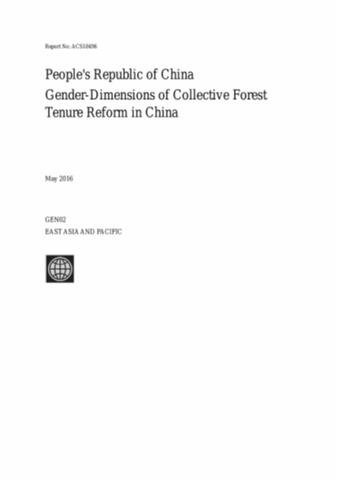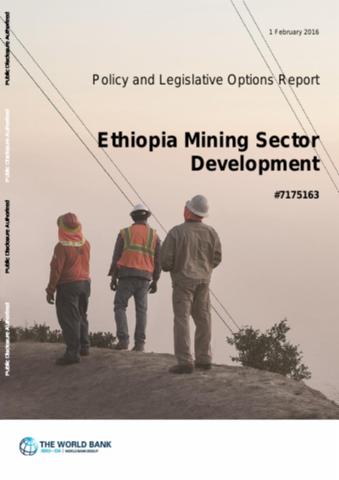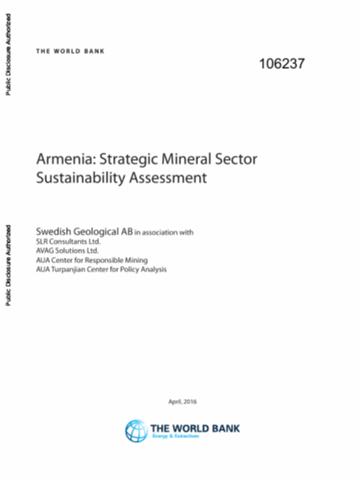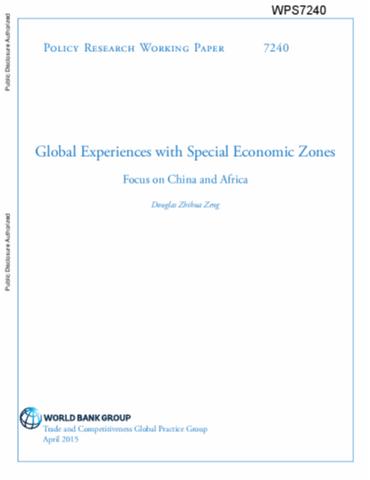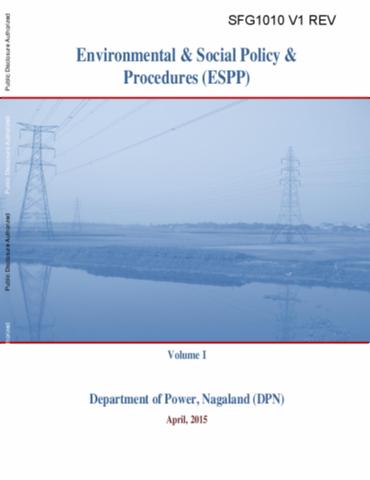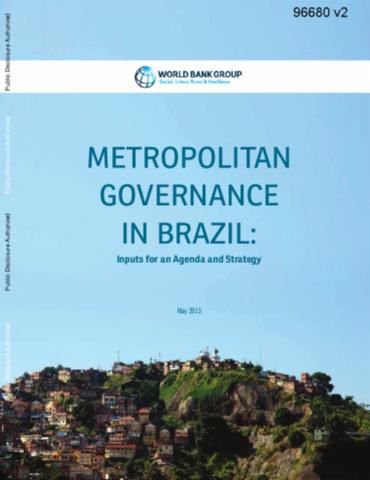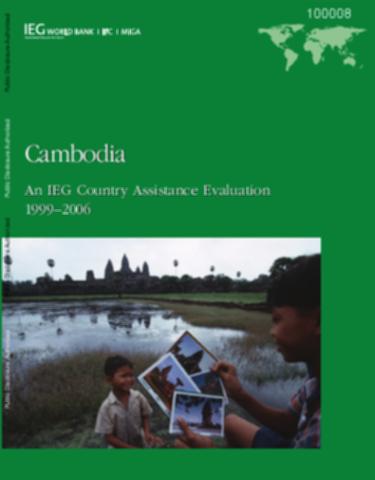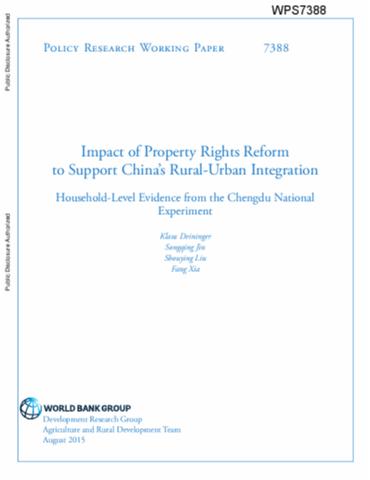Fecal Sludge Management
Urban sanitation remains a significant challenge for most low- and middle-income countries. While sanitation coverage has been increasing across both the 48 least developed countries (LDCs) and developing regions as a whole, progress has been relatively slow. In many cities, even where improved on-site facilities are used to contain excreta, the level of quality and access to services for the emptying, conveyance, treatment, and disposal of the resulting fecal sludge is usually limited. These services are collectively called fecal sludge management (FSM) services.


